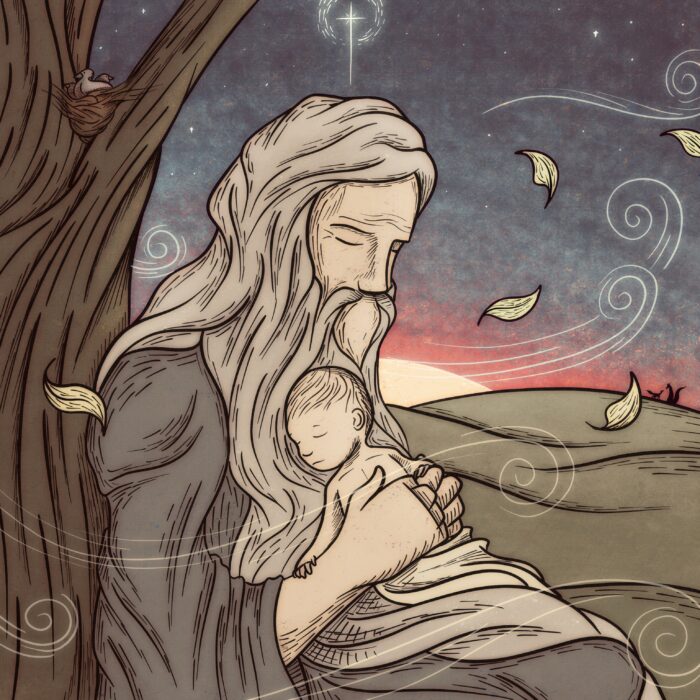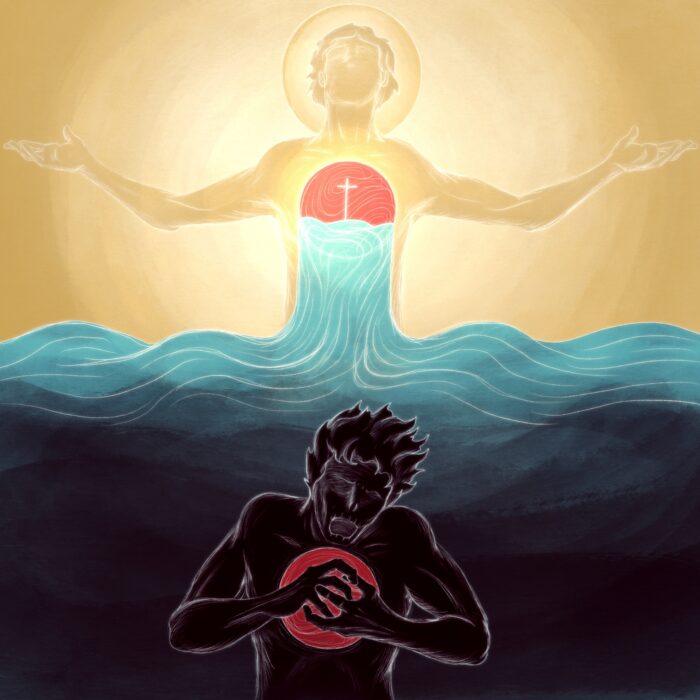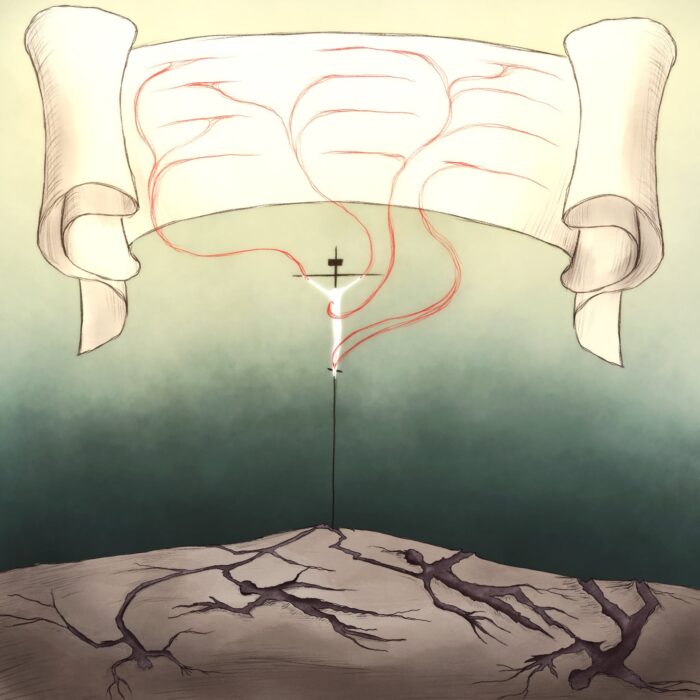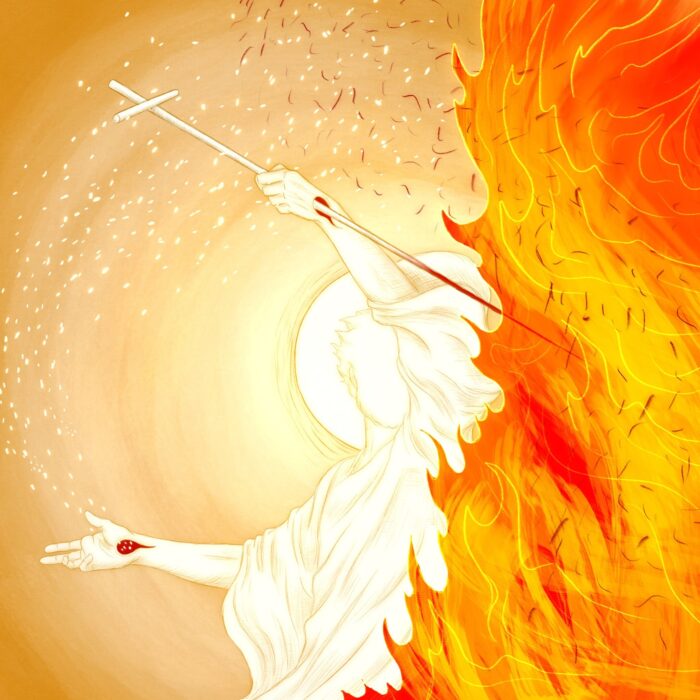Luke 9:58, ‘Foxes have holes, and birds of the air have nests, but the Son of Man has nowhere to lay His head.’
The Text Considered
In this world, the Incarnate Word of God in whom all of reality is upheld, had no where to lay His head, no place that was true His home. However, theologian Warren Gage points out that Christ does lay down His head in John 19:30, where we again see the same grouping of Greek words when Jesus ‘laid down His head’ on the cross.
Where is the Son of Man able to rest? Where does He lay down His head? Where is His home in this world? It is in the bosom of the Father, which is to say, in the heart of the Father’s will. And that will is fulfilled in Jesus’ climactic obedience—which is climactic revelation—when He lays down His life as a sacrifice for sin on the cross. That is the home of the Son of Man…Yes, obedience to the Father’s will is the home of the Son of man, and that is where He lays down His head. The home of The Son of Man (and all of those united to Him) is the bosom of the Father’s will…which—in this world—is the cross of self-outpouring love. And to lay down His head in this home is to enter into true and full life, as the resurrection makes tangibly evident.
Why? Because this is the life of Life. Yes, the Son’s seeing and doing the will of the Father, and so revealing the heart of the Father in Himself is His life and is the form of living in which true life—that is, intimate knowledge of God in Christ (Jn.17:3)—consists. True life, then, is to live in the home of the Father’s will, to lay down our heads upon the heart of His purposes, to dwell in the bosom of His good pleasure, to be suspended with our Lord upon the cross of His love and so to live with Him in radiant communion with the Father by the Spirit in the Son. This is what it means to ‘follow Him wherever He goes…’
The Picture Explained
Now, this picture is different than most of mine. Rather than being a direct representation of the person and work of Jesus, it is what might be called ‘allegorical.’ At the literal level, it is a picture of an old man holding a sleeping infant on his chest on a late Spring evening as the wind blows through the trees. The old man is NOT the Father, the infant is NOT the Son…However, in light of the thoughts I’ve shared above, it may be taken as—allegorically considered—a depiction of the Son’s supreme obedience of love to, and so supreme resting in, and so supreme revelation of the Father—that is to say, as a depiction of the cross.
Just as this infant leans back against the bosom of the old man in perfect repose, so too, on the cross, Jesus commits Himself to the Father’s heart, releasing Himself to rest fully in the bosom of His Father’s good purposes. And Hebrews tells us that this self-offering of the Son to the Father is carried out through the Spirit (Heb.9:14), thus the seven winds that surround the pair can be understood as symbolic of the sevenfold Spirit of God. The five green leaves carried by the Spirit point to the five wounds of Christ, green with the potency of new, resurrection life. The descent of the sun into the hill in the background reminds us that the Son’s resting in the will of the Father is His death on the cross, but the cruciform star over their heads—which represents Venus, the evening AND morning star—reminds us that the very same one who is crucified for our sins in achievement of the Father’s will is the one who is raised up again by that same will as our Lord and God and Life.




